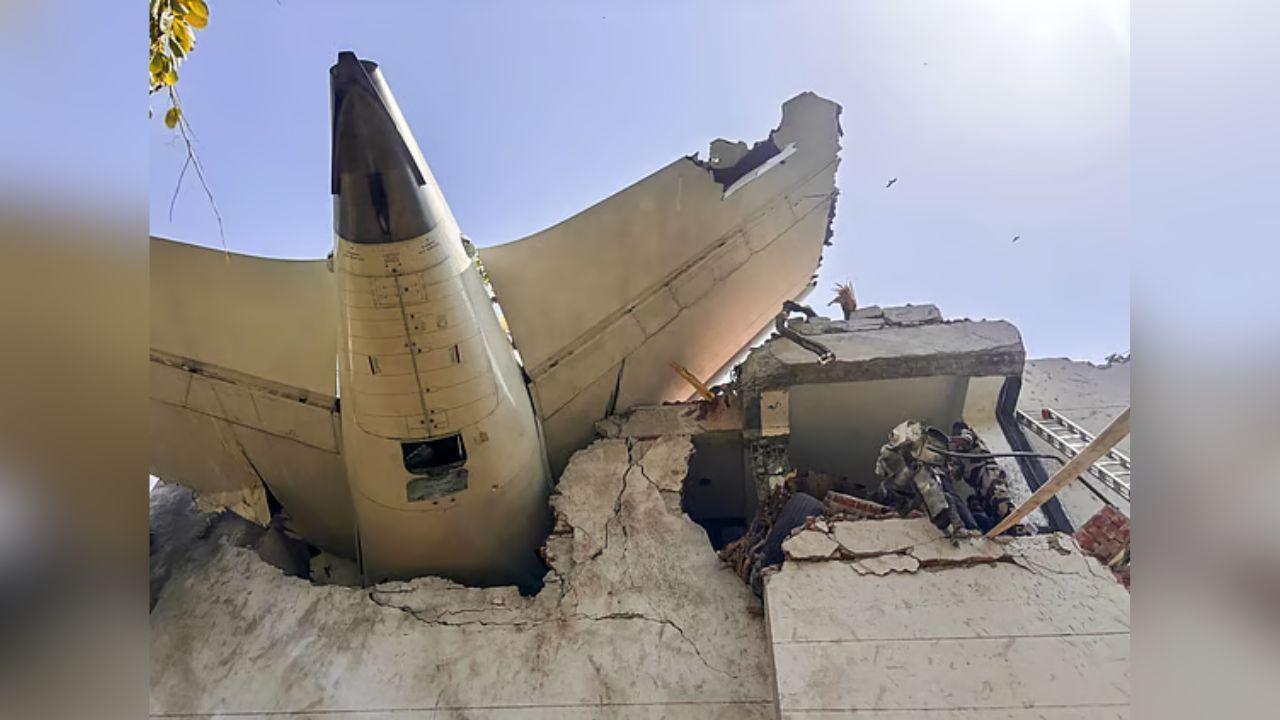
Post by : Mumtaaz Qadiri
Photo: PTI
Air India and Boeing have officially responded to the preliminary investigation report released by India’s Aircraft Accident Investigation Bureau (AAIB) regarding the tragic crash of Air India flight AI171 on June 12. This disaster, involving a Boeing 787 Dreamliner, resulted in the deaths of 260 people, making it the deadliest aviation accident in India in over a decade.
What Happened on June 12?
Air India Flight AI171 took off from Ahmedabad but crashed just minutes later. The AAIB's early findings show that both engines lost power shortly after takeoff. The engines were cut off from fuel, and the cutoff switches were manually flipped almost at the same time — an extremely rare and unusual event, according to aviation experts.
Even more disturbing is the cockpit voice recording, where one pilot is heard asking the other:
“Why did you cut off the fuel?”
The second pilot immediately responded:
“I didn’t.”
The report did not confirm which pilot said what or who made the "Mayday, Mayday, Mayday" distress call before the crash.
What Did Air India Say?
In an official statement, Air India said:
“We stand in solidarity with the families and those affected by the AI171 accident. We continue to mourn the loss and are fully committed to providing support during this difficult time. Air India is working closely with stakeholders and regulators and continues to fully cooperate with the AAIB and other authorities.”
The airline has not commented on the specific details of the report because the investigation is still ongoing.
Boeing’s Response
Boeing, the company that makes the Dreamliner aircraft, issued a short response:
“We defer to AAIB to provide information about AI171, in adherence with United Nations International Civil Aviation Organization protocol.”
This means Boeing is allowing the AAIB to lead the communication, as per global aviation rules.
Who Were the Pilots?
The flight was being operated by:
Captain Sumeet Sabharwal, 56, a highly experienced pilot with over 15,000 flight hours.
First Officer Clive Kunder, 32, who had around 3,400 flight hours.
Both were seasoned professionals. However, questions are now being raised about what exactly happened in the cockpit in those last moments.
Strange Cockpit Behavior
According to the AAIB, both engine fuel cutoff switches were manually turned off just one second apart. Aviation safety experts say this is extremely rare and not something pilots are trained to do after takeoff.
“If the switches were moved by the pilots, why would they do that?”
asked Anthony Brickhouse, a well-known U.S. aviation expert.
“Cutoff switches are usually touched only after landing or in a life-threatening emergency — neither of which applied here,”
added John Nance, another aviation analyst.
The fact that the fuel supply stopped so suddenly after takeoff raises serious doubts about whether it was human error, mechanical failure, or something else entirely.
Final Moments Before the Crash
The cockpit voice recorder gave a chilling glimpse into the last seconds:
There was a brief re-ignition of the engines.
Pilots tried to regain control, but it was too late.
The aircraft crashed within minutes, killing everyone on board.
Still, investigators cannot say for certain why the engines were cut off or who flipped the switches.
Investigation Continues with Global Support
The AAIB is continuing to lead the investigation, with help from:
The U.S. Federal Aviation Administration (FAA)
The National Transportation Safety Board (NTSB)
The NTSB thanked Indian authorities for their cooperation and confirmed that, for now, there are no recommendations for other operators flying Boeing 787s or GE engines.
What’s Next?
Many unanswered questions remain:
Why were the fuel cutoff switches flipped manually?
Was it pilot error, technical failure, or something more intentional?
Could there have been a suicidal motive or mental health issue involved?
These questions are speculative, but they are being raised by experts worldwide.
In fact, some aviation experts quoted in the media have even asked:
“Could this be a case where one of the pilots deliberately caused the crash?”
At this stage, there is no evidence supporting that theory, but the investigation is far from over.
What You Need to Know
Air India Flight AI171 crashed shortly after takeoff on June 12, killing 260 people.
The AAIB says the engines lost power because fuel was cut off.
The fuel cutoff switches were flipped manually, just one second apart.
A chilling cockpit exchange suggests confusion between the two pilots.
Air India and Boeing are cooperating fully with Indian and U.S. agencies.
The NTSB and FAA are assisting in the investigation, which is ongoing.
Why This Matters
This crash is the deadliest in over 10 years and involves one of the most advanced aircraft in commercial aviation — the Boeing 787 Dreamliner. The incident has shocked the global aviation community and could lead to major safety reviews, depending on the final findings.
Until the final report is released, families of the victims, aviation authorities, and the public will continue to wait for answers. For now, the mystery behind the fuel cutoff remains the most critical part of the investigation — and perhaps, the key to understanding why 260 lives were lost that day.






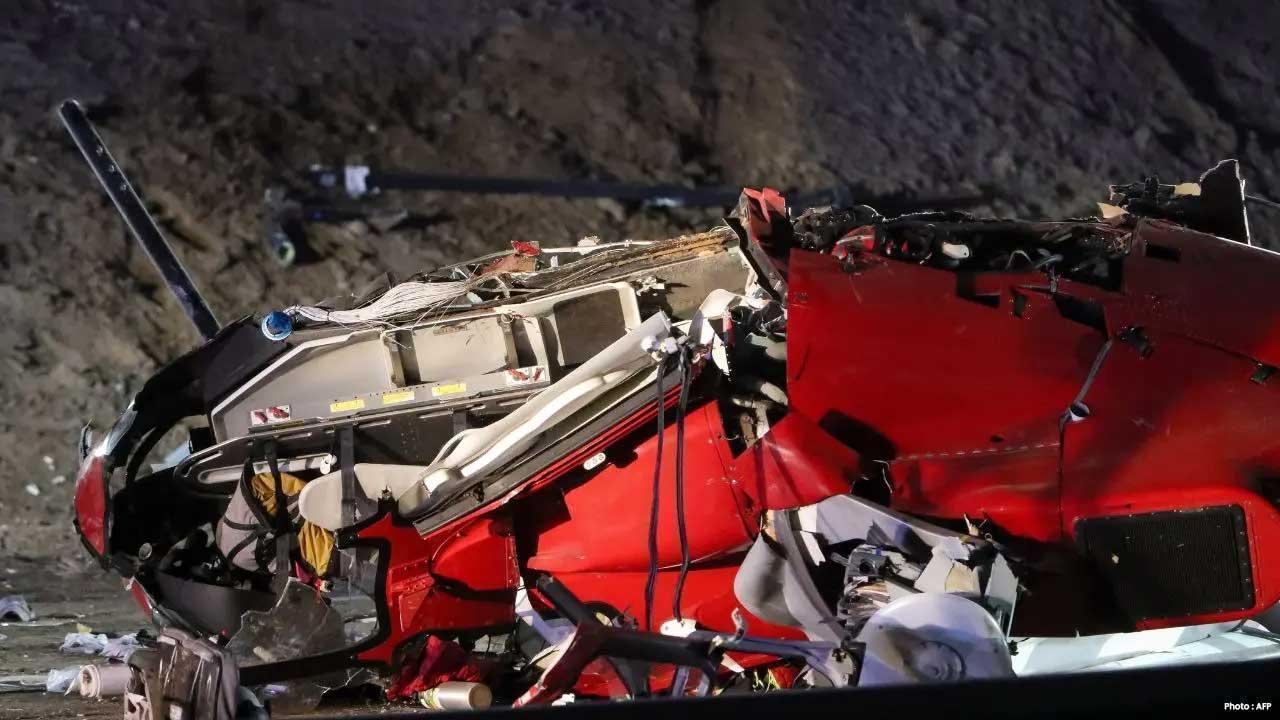


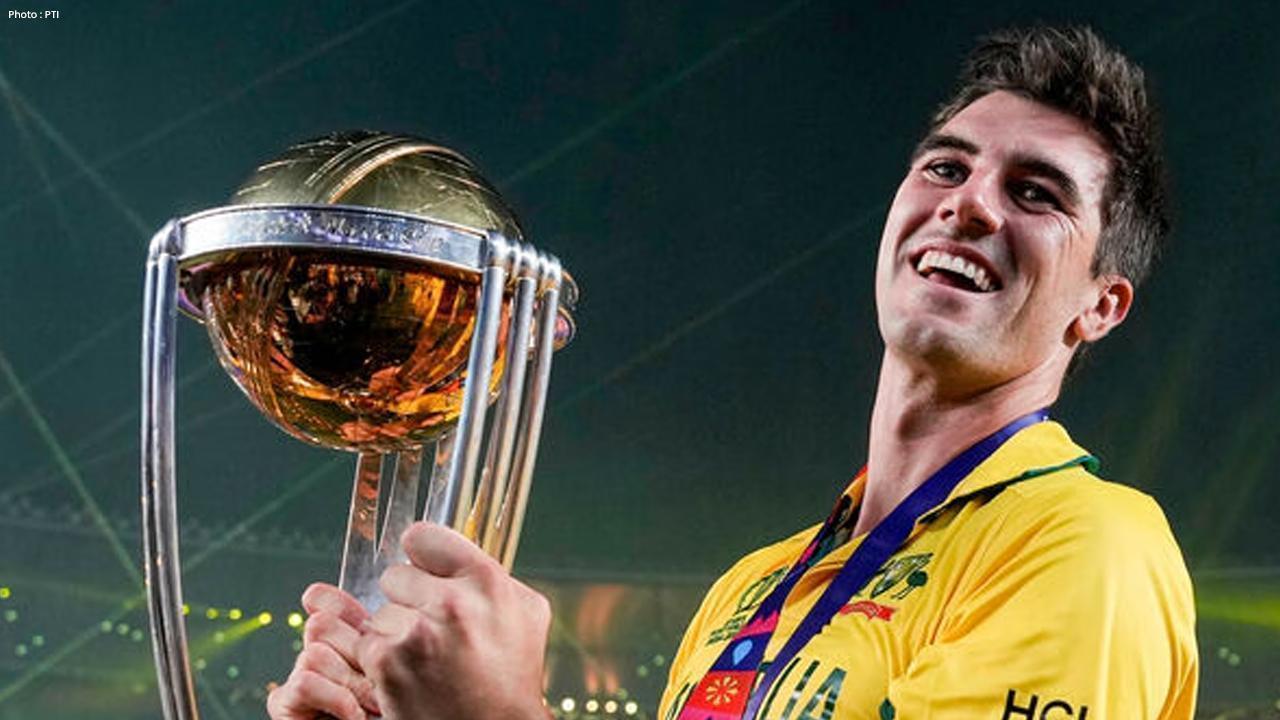
Australia Names Strong Squad for ODI and T20 Series vs India
Australia recalls Mitchell Starc and key players for the ODI and T20 series against India, preparing
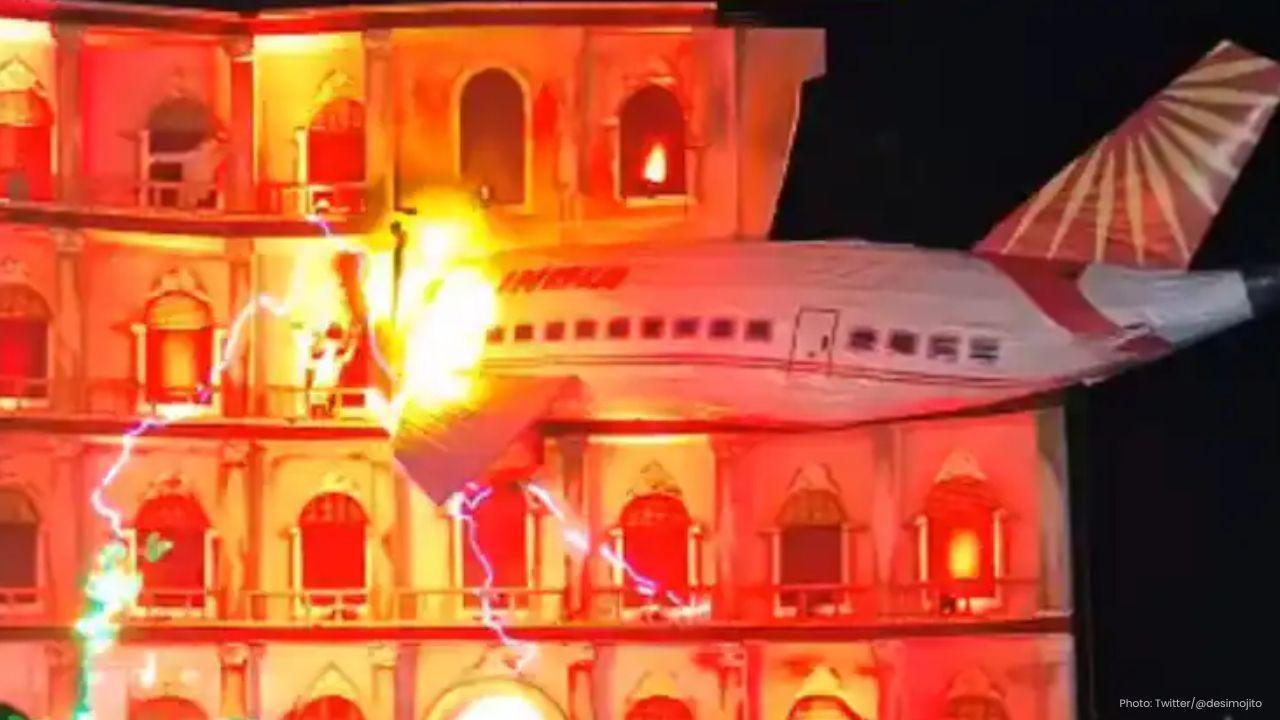
Hooghly Durga Pandal Sparks Outrage Over Air India Crash
Hooghly Durga Puja pandal recreating Air India crash sparks outrage, raising questions on sensitivit
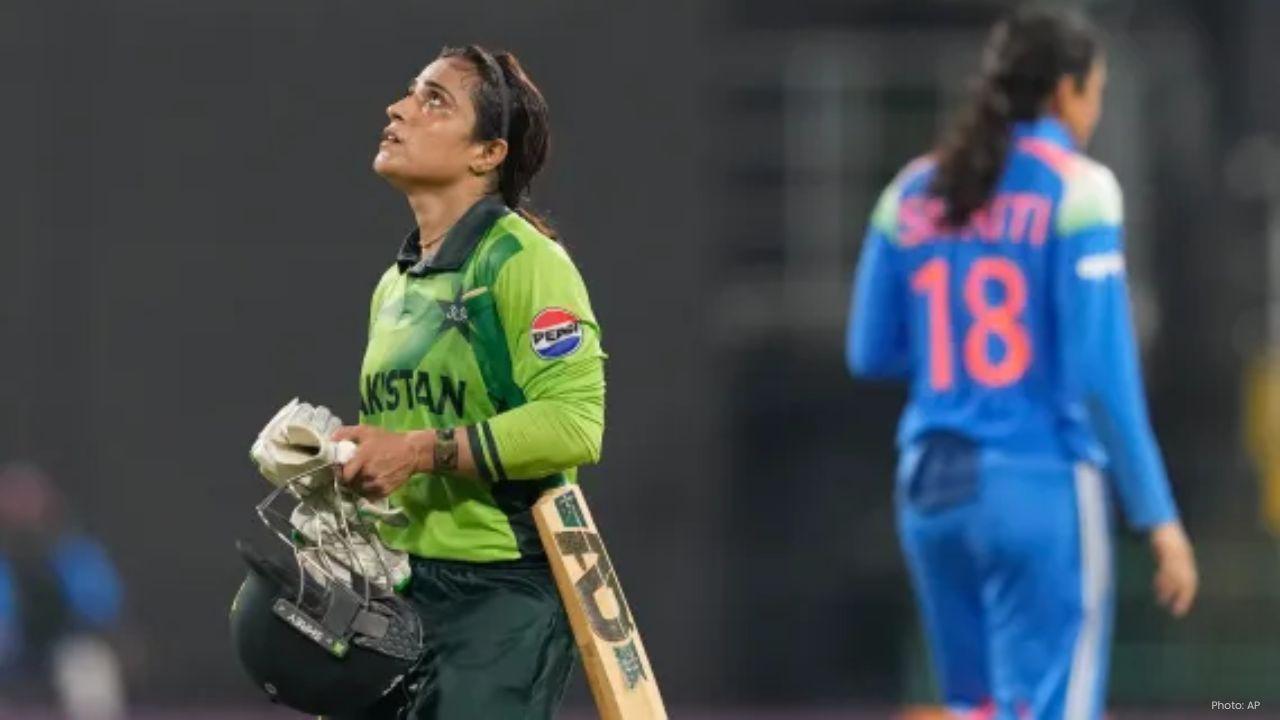
India Defeats Pakistan by 88 Runs in ICC Women's World Cup
India won by 88 runs against Pakistan in ICC Women’s World Cup 2025. Strong batting and bowling perf
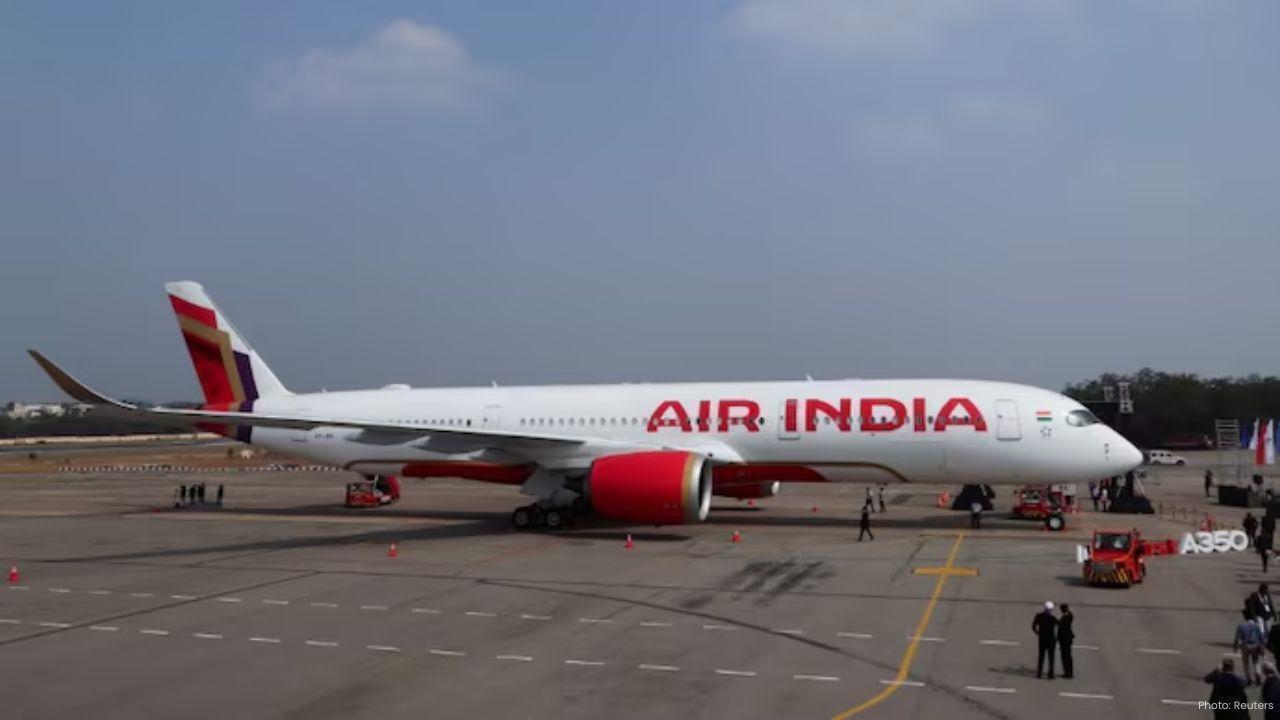
DGCA Probes Emergency Turbine Deployment on Air India Flight
DGCA investigates uncommanded deployment of Ram Air Turbine on Air India Boeing 787-8. Flight landed
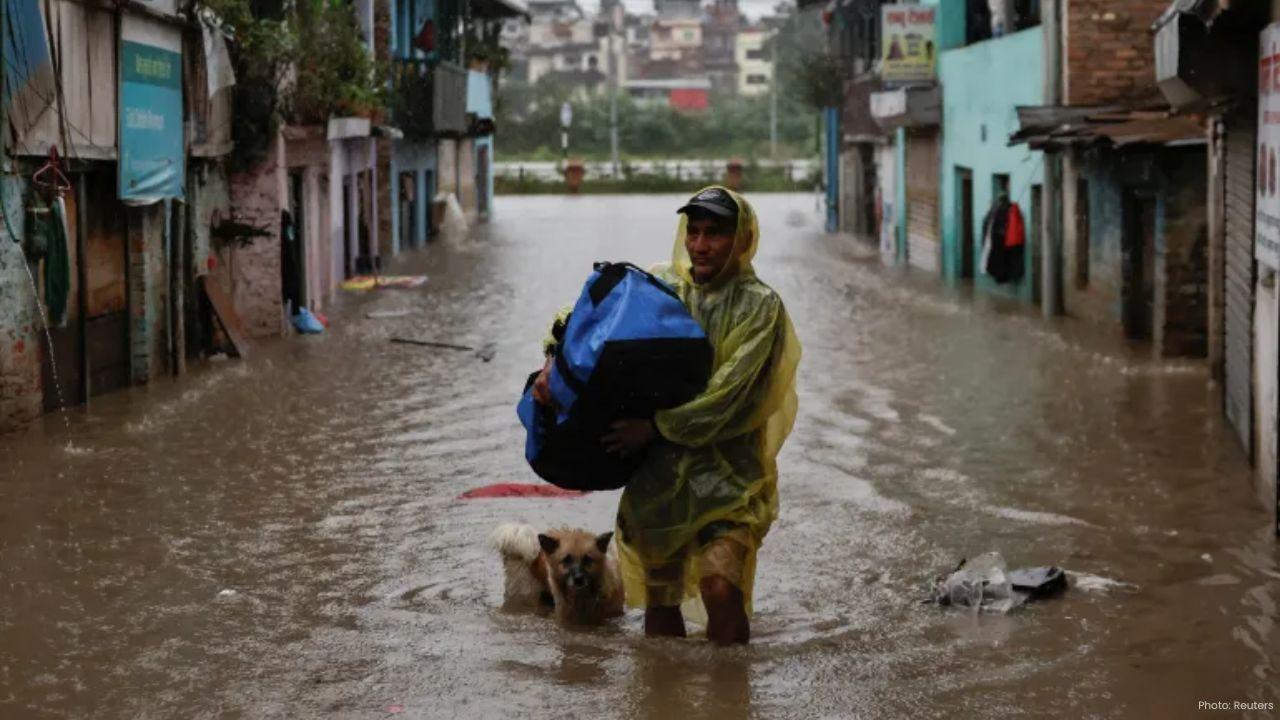
Heavy Rains Cause Floods and Landslides in Nepal and India
Torrential rains in Nepal and India trigger floods and landslides, killing over 70 people. Rescuers
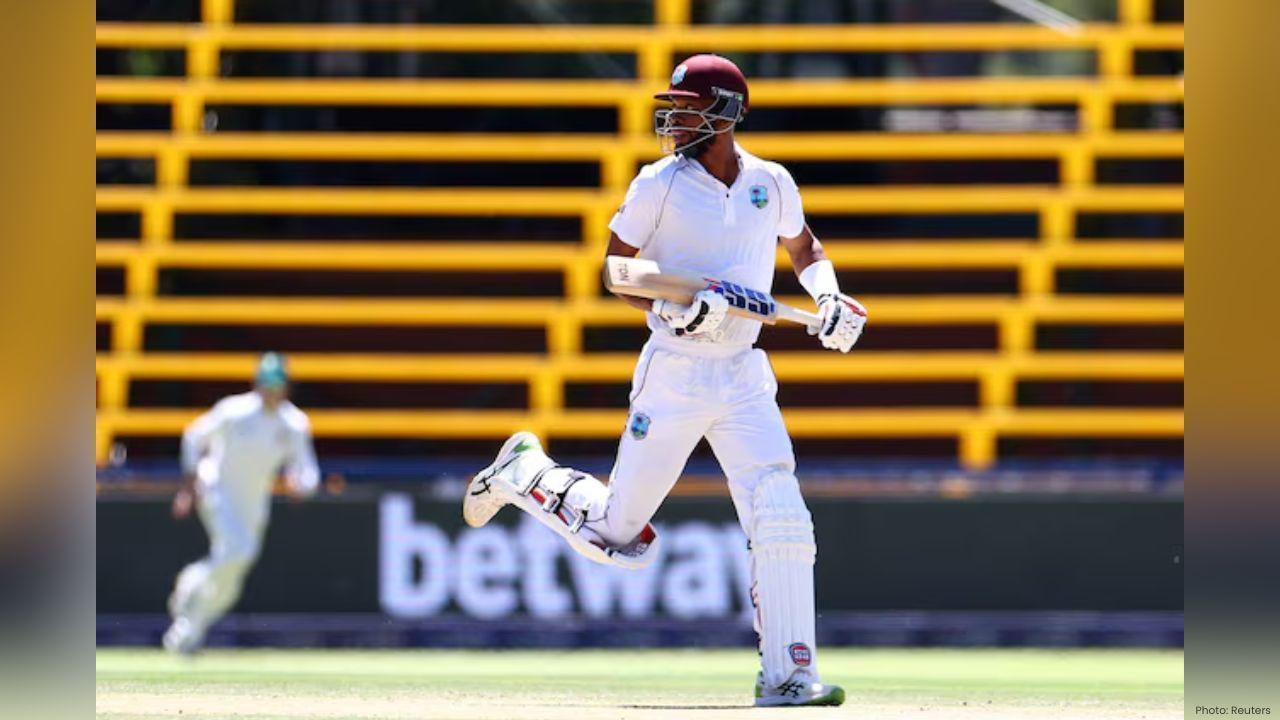
Roston Chase Blames Poor Finances for West Indies Struggles
West Indies captain Roston Chase says poor finances and weak cricket infrastructure in the Caribbean